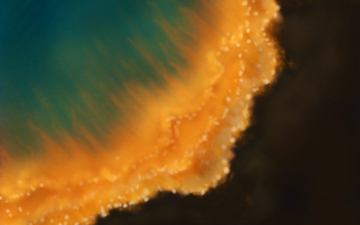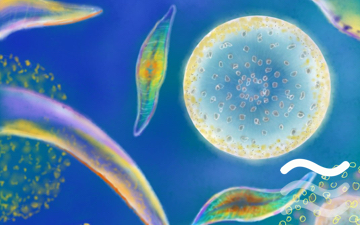Cards
(QUICK LINKS: Decks | plants | mammals | birds | | reptiles | fish | cephalopoda | insects | microbe | events
( scientist | project | modifier | technique |)

Homeward Bound
CANADA
3 POINTS
• An all-female expedition to Antarctica.
• Rallies scientists to join the climate change fight.
• Champions collaboration, connection, and leadership in science.

Humpback Whale
Megaptera Novaeangliae


5 POINTS
PLAY: The Acorn Barnacle is a suspension feeder, extracting food from the water.
FACT: Acorn Barnacle produce a brown glue that fastens it to a hard surface.

Red Tide
Event Card
PLAY: Place this card on any SPECIES that consume shellfish.
EFFECT: The SPECIES card and EVENT card are immediately discarded.

Disease Outbreak
Event Card
PLAY: Place this card on multiple cards of the same SPECIES.
EFFECT: The SPECIES card(s) and EVENT card are immediately discarded.

Oil Spill
Event card
PLAY: Place this card on any SPECIES card.
EFFECT: The SPECIES card and EVENT card are immediately discarded.

Phytoplankton
Multiple Orders


2 POINTS
PLAY: Phytoplankton has a MOVE of 1
FACT: Phytoplankton are the main source of food for almost all fish.